-
Posts
2.332 -
Joined
-
Last visited
-
Days Won
60
Posts posted by Sundiata
-
-
1 minute ago, Hannibal_Barca said:
Persians already have one
All the more reason for the rest of the factions to have it as well. I never understood why only they get stables. Sure they loved horses, but even the Persians were infantry heavy, training cavalry separately, like everyone else did.
The only type of factions that don't need a dedicated stable are factions like the nomadic Xiognu, or Scythians. Of the factions already in-game though, Iberians are the only ones of which it can be argued that they don't need stables to train cavalry, because they're the only really cav-heavy civ, but that's another discussion I think.
-
Also, soldiers destroying buildings by fire should be a thing. I'd love to see a bunch of swordsmen hurling torches at houses, which start smoking and eventually catch fire, then collapse in a cloud of dust and smoke

-
 2
2
-
-
Sorry once again for spamming the idea, but 0AD needs dedicated stables for training cavalry! This is the only realistic and logical solution. People training a mass of cavalry-men in the first 5-10min is ridiculous. A weak scout cav for scouting/hunting/herding is the only cav unit that should be recruitable from the CC, at best... Large cavalry engagements should be the cherry on the icing of the cake, after building up a strong infantry, and not be spammed like some cheap infantry skirmishers. Most/all of the civs are infantry heavy anyway!
Are there no horsemen on this forum to weigh in? I grew up riding horses and therefore understand the requirements of maintaining even just a few horses. They're high-maintenance! Breeding horses, training horses, training riders, and equipping horse and rider are tremendous investments, very difficult to accomplish without dedicated infrastructure.
Stables are a great idea for a new structure for each civ, which is nice to brag about in future alpha releases. It's new content that will attract new players.
Stables are a staple of every serious historic RTS.
Stables...
-
 3
3
-
-
-
The Kingdom of Kush: The Royal Baths of Meroe
Between 1909 and 1914, John Garstang of the University of Liverpool conducted some of the earliest large scale excavations at Meroe. Among the many structures that were excavated, were the so-called Royal Baths, in the Royal City. I will quote several passages from a very informative PDF on the subject:
In Meroë, the capital of the Kingdom of Kush in the middle Nile valley, an extraordinary hydraulic facility was built directly next to the royal palaces: the so-called Royal Baths. Dating from around the turn of the first millennium, the complex of buildings is an outstanding example of cultural transfer between the African kingdom and the Hellenistic-Roman cultures of the Mediterranean.
The central feature of the complex is a large basin with an elaborately decorated wall. The water entered the basin through several pipe openings in this wall, cascading down against a backdrop of sculpted figures, green-blue shimmering faience and colourful wall paintings.
...
The architectural design of the Royal Baths (Fig. 6) has no known parallel in the Kingdom of Kush. The centrepiece of the 30 m x 50 m complex is the virtually square water basin with an area of 7 m x 7 m and a depth of 2.4 m (Fig. 1). Shallow steps lead down into the basin (Fig. 7). It was surrounded on three sides by an ambulatory flanked by columns. On the fourth, south-facing side is the water inlet system concealed by a tall decorated wall. A few metres to the north of it an exedra was built with four ceremonial chairs arranged in a quarter-circle (Fig. 8).
The basin and the exedra, the principal elements of the complex, were surrounded by a garden. There is evidence that this levelled area was flooded with fertile river mud and that plant pits were dug regularly around the basin. The garden was enclosed by corridors and adjoining rooms.
Water was conducted to the basin from the south via open channels. Narrow, surface channels also ran through the garden to the exedra and to the edges of the basin. The point of origin and hence the source of the water for the supply system is still unclear. It can be assumed, however, that a device existed to lift water to the necessary height above the groundwater table or the level of the Nile.
The principal supply of water to the basin was ensured, from the south, by a burnt-brick construction with an open water channel (Fig. 9). The channel is plastered with waterproof lime render which was reapplied twice during the working life of the Royal Baths. This principal inlet channel, on reaching the basin, splits into several branches whose water is conducted via covered pipes through the richly decorated show-wall to the rim of the basin (Fig. 12). From there the water gushed, possibly through spouts, into the basin, which was likewise completely plastered with water- proof lime render.
As a special attraction a column may be imagined in the centre of the basin (Fig. 10). Water was drawn up through an integrated pressure pipe in the column drums and owed from the top back down into the basin.
The basin was drained by means of a massive underground channel that conducted the water westwards to the Nile (Fig. 6 and 11). In an impressive feat of engineering, the drain was laid at a depth of about three metres and passed under the foundations of the centuries-old city wall, which was approx. 5 m thick. On the floor of the very well preserved channel is a collared clay pipe 20 cm in diameter, laid in lime mortar. The channel‘s side walls are formed of solid sandstone blocks upon which lay an elaborate brickwork cover. The imprint of logs testifies to an additional layer covering the construction.
Several water pipes are built into the elaborately decorated south wall of the basin (Fig. 1, 12–17). Water gushed into the basin against a colourful backdrop of wall paintings, faiences and small sculptures. The decor, like the architectural design of the Royal Baths, is without parallel in the Kingdom of Kush.
Here several different cultural traditions, foreign and indigenous, merged to form a unique iconography – striking testimony of the Meroitic elite‘s contacts with and receptivity towards its northern neighbours around the turn of the first millennium.
The iconography for instance includes the genuinely Meroitic god Apedemak, represented as a lion with crown standing on a sickle moon (Fig. 14). In combination with water the native god was worshipped as a guarantor of fertility.
Along with this Egyptian motifs are also shown, such as the sa knot (Fig. 15) and the ankh sign (Fig. 16). These reflect the Kushite kingdom‘s traditionally very close historical and cultural ties with ancient Egypt, and symbolise protection and life.
In contrast the pan pipes are rooted in Graeco-Roman culture (Fig. 12 and 17). They are associated with the retinue of the Greek wine god Dionysus. The foreign instrument will have reached Meroë in the middle Nile valley and entered the cultural sphere of the Kushite ruling dynasty via Egypt, where it had become popular in the 3rd century BC during the reign of the Ptolemies when the new potentates accentuated the Dionysus cult as part of their religious policy.
...
The Royal Baths issue from a context characterized by relations with the outside world and openness to the new: Egyptian and Graeco-Roman forms and ideas are received in an African civilization and modified in combination with local traditions around the time of Christ‘s birth. This represents unique evidence of cultural transfer between Africa and the Mediterranean in antiquity."
Another interesting point not brought up by this text in regard to the pipe-lines, is that similar underground pipelines existed at Musawwarat es Sufra, and supplied the complex with water from the nearby hafirs (water-reservoirs).
Firstly, I will situate the Royal Baths at the Royal City in Meroe with an excellent and detailed map of the excavated parts of the Royal City. Then I will illustrate the "Royal Baths" itself through a much more detailed map, and many pictures of the baths and interesting details.
The "Royal City" in Meroe.
I can not emphasise enough that this walled city is only the central part of Meroe. The rest of the city comprising of large residential areas, temples and workshops would have spread out to the North, East, and South of the Royal City. The pyramids would have been visible in the distant hinterland to the East of the capital. The Nile and it's fertile riverbanks would have been directly to the West of the Royal City. The Royal City itself was enclosed by a massive brick and stone masonry wall, approximately 5 to 8 meters thick, and reaching considerable heights, featuring bastions and stone gateways. It comprises of royal palaces and residences, the Royal Baths (pictured in red), the "temple of Augustus" (where the bronze head of Augustus was found buried beneath its steps) and presumably the royal workshops, where gold, silver and bronze was worked. Directly adjacent to the Royal City is the great Temple of Amun of Meroe, approached via a processional avenue lined with smaller temples. Large areas still need to be excavated.
The Royal Baths:
The black and white photographs are all from the Garstang excavations from around 1912.
Spoiler"The main water tank and adjoining chambers of the royal baths during excavation with a complex system of sluices built into it."
"The main watertank in the royal baths"
"John and Marie Garstang examine statue fragments with a workman in the tank of the royal baths at Meroë."
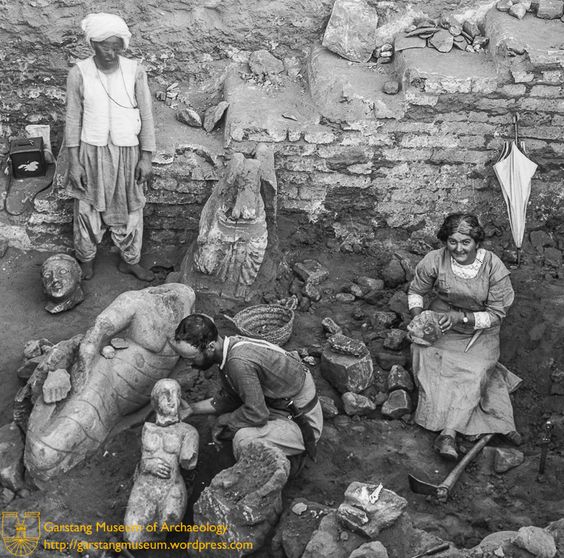
"The discovery a life-size statue of a female figure at site 295 at Meroë."
"Decorative carvings and pieces of statuary were found fixed into the plastered walls around the main tank of the royal baths at Meroë."
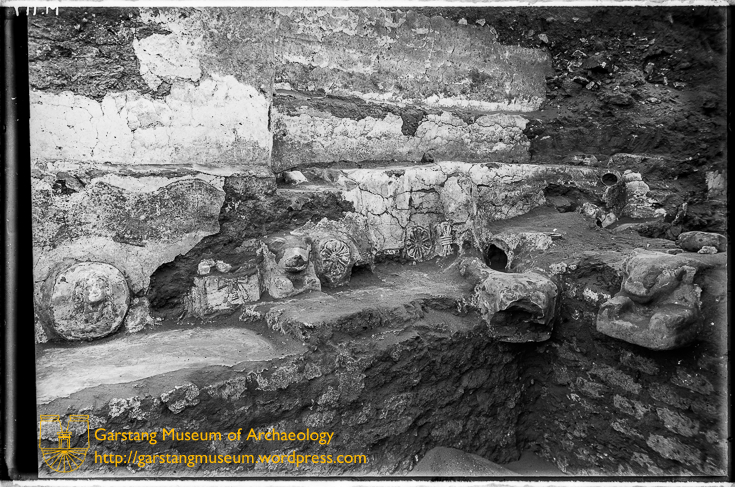
Hellenistically inspired figurines, including a syrinx player.
Auluoi player
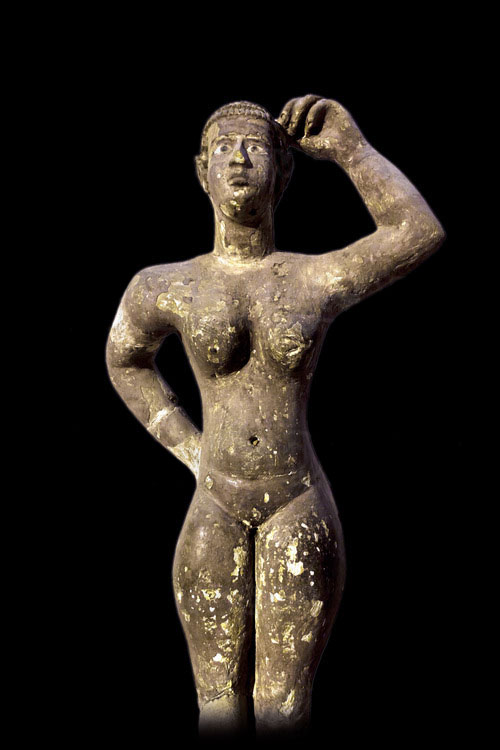
"Statue of a reclining man found in a bath house at Meroe"
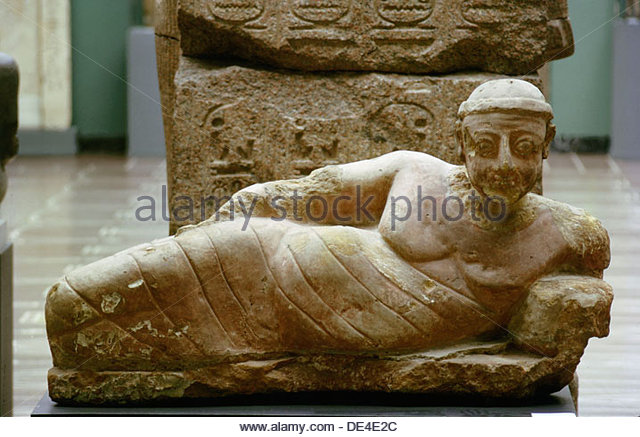
The main basin in the bath house today, with a protective structure built over it. The pillars in the basin are modern additions to support the roof. Remains of ancient water pipes can be seen in the corner next to the steps.
If you look closely, the outlines of the four feet of an elephant can be made out in the central fresco. This central depiction of an elephant in the central area of the Royal Baths in Meroe is a testimony to the importance of elephants in Meroitic society. The water outlets can also be seen clearly.
A clear rendition of the remains of fresco's on the show-wall of the baths, from where water would have entered the basin. The use of the colors red, yellow, green and blue are clearly shown, on a mix of Kushite, Egyptian and Hellenistic influenced statuary.
These peoples' bathroom was twice the size of my house

My conclusion:
"Royal Baths" should be a special tech researched at the CC to give heroes a special health bonus. Either giving heroes higher health, quicker regeneration times or health aura of some kind for nearby champion units. Any thoughts?
-
 2
2
-
-
@Hannibal_Barca Yes, oil palm is native to my region (West-Africa). It's been cultivated for at least 4000 years here in Ghana. Those are small-scale informal farms though, mixed with other crops like cacao, cassava, cocoyam, plantains, corn, cabbage, carrots, peppers, tomatoes, onions, and eggplants.
-
 2
2
-
-
@wowgetoffyourcellphone Looking fantastic!
6 hours ago, wowgetoffyourcellphone said:One easy way to show ethnicity would be to give the Nubians the ochre hair and the Meroites black hair. Swordsman+Pikeman = Meroitic. Archer and Spearman = Nubian. Leave the leopard print stuff to the Nubians and go linen for the Meroites?
Yes please
 Kushite (Meroitic/late-Napatan) heroes can have an entire leopard pelt draped over the shoulder though, not unlike the priest. Underneath will have a linen/cotton garment, either to their ankles or their knees. But I will try to illustrate the heroes more clearly later on.
Kushite (Meroitic/late-Napatan) heroes can have an entire leopard pelt draped over the shoulder though, not unlike the priest. Underneath will have a linen/cotton garment, either to their ankles or their knees. But I will try to illustrate the heroes more clearly later on.
Amun temple guard could also have a leopard print "Egyptian" shield.
For the pikemen, I was thinking they should have those same Egyptian shaped shields. New Kingdom Egyptian spearmen fought in phalanx, so it would be quite appropriate for a pike unit.
I was out of town so couldn't get much done on a post about shields, but I'll get it done as soon as I can. As you've possible guessed, I still have a lot of posts prepared about various subjects, full of references and ideas, that need to be posted as soon as I can. Especially since LordGood has basically already finished the architecture set, and the work you guys are doing with the units is really good stuff! I can barely keep up with you people
 But you're all making very intuitive use of the references which really pleases me very much
But you're all making very intuitive use of the references which really pleases me very much 
@av93 @stanislas69 @wowgetoffyourcellphone I'm wondering if I'm not the only that's not a total fan of the clubs. I'm sure they would have still been around to some extent, but it just feels like such an irrelevant weapon in the iron age setting of the game that I don't think it's necessary.. I think the mace would be more fitting.
-
 1
1
-
-
@stanislas69 Oooooh, coool! They all look good.
The third one on the top row would be really nice for one of the heroes. It looks like the ceremonial examples for Kings and Queens, used for the ritual execution of prisoners.
The last one on the second row, and the last one on the third row (the flat black and white ones), would be really cool for other units, perhaps Nuba mercs? They look more functional. Maybe they could have a little more length, to give them more reach in an actual combat situation, as opposed to a ritual execution tool.
-
 2
2
-
-
I also have a remark on vision range. Am I the only one that thinks it should be increased, rather than decreased? Vision range limits in the game aren't realistic and even make me feel claustrophobic sometimes.
In real life, vision range varies greatly:
SpoilerHow far can the human eye see at sea level?For an observer on the ground with eye level at h = 5 ft 7 in (1.70 m), the horizon is at a distance of 2.9 miles (4.7 km). For an observer standing on a hill or tower 100 feet (30 m) in height, the horizon is at a distance of 12.2 miles (19.6 km).Therefore a dynamic vision range, drastically changing with elevation (increasing vision with higher elevation), and perhaps forestation (reducing vision range around thick clumps of trees) would be the most realistic, and intuitive use of terrain in terms of vision.
Yesterday I went for a walk on the edges of my town, which is very hilly, overlooking valleys on both sides. At the right places, you can see many tens of miles!
SpoilerThis was the view from the hill yesterday. In real life, it's much more clear than this pic. You can see for many many miles. You could see a camp fire maybe 50km away! You could make out entire villages and towns (if they were there), and definitely identify an army on the move, in 0AD's case.
Pic I took a few years ago on another side of the edges of my town:
But, as you can see, in the little farms and bush in between the hills, vision is drastically reduced.
In the dense forests, sometimes you can't even see more than a few meters ahead!
-
 1
1
-
-
Focussing on the historical uniqueness of each civ is the perfect way of diversifying the factions. Every faction has their own character/culture/history, and using this in terms of architecture, units and technologies offers so much potential for gameplay and aesthetics.
-
 3
3
-
 1
1
-
-
Sorry for spamming the idea, but I really think stables are an elemental part of any historical RTS, and should be as well for 0AD. The most logical solution to prevent too early cav-rushes.
Horses are not trained with infantry. They have completely unique requirements, which makes them much more difficult to train than infantry, and need special infrastructure.
Stables are historical and necessary in my opinion. I've always thought training horses from CC''s and barracks looks horribly awkward.
EDIT: maybe Gauls and Iberians don't need stables for simple cav units, because they kept horses in the field for longer periods.
-
 1
1
-
-
@Lion.Kanzen It is definitely true that slaves were being traded in/from Sudan, but slaves were being traded in every part of the ancient world including by every civilisation in 0AD. It would be very awkward to have the development of this slavery-concept tied to the Kushite faction, because that really just sends out the wrong idea

For historicity and gameplay's sake, I'm actually interested in a slave/serf/indentured labourer-system, to correctly depict a significant portion of the workforce of the ancient world. But it should be either entirely generic (the same for every civ), or entirely unique for every civ. But having a generic slave-system based specifically on Sudanese slave-trading seems like a no-no. Also an ethnic specific system featuring Sudanese, Celtic, Germanic and Thracian slaves, each with specific traits, for example, is just bound to create unwanted controversy.
A slavery and indentured labour system needs to be entirely generic, or completely civ-specific.
-
 2
2
-
 1
1
-
-
-
@wowgetoffyourcellphone Cool! The archers are looking really good!
Also: "the Apekasjsdjhgs's Faithful axeman"
 Spoiler
SpoilerI guess you're referring to the shield depicted on this unit?
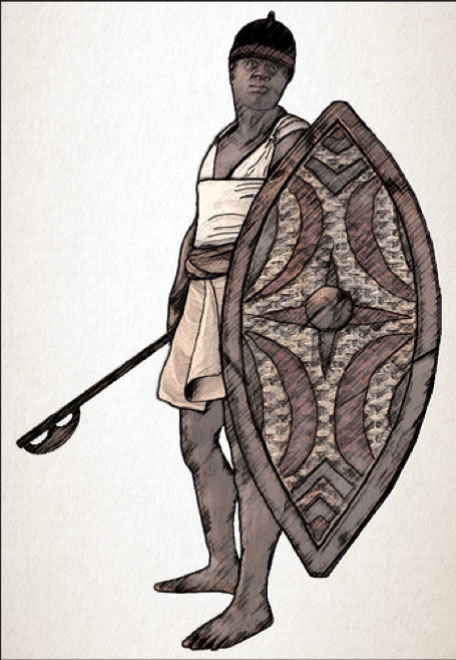
I posted it earlier (here). It's a 2D render of a Total War unit for Kush. At the time I couldn't find any references for that shield type/shape, apart from it being popular in East-Africa in more recent times. Recently I did come across a depiction of this type on a figurine from Ptolemaic Egypt, featuring a Kushite mercenary. I'm still not entirely convinced that a single reference from outside of Kush is enough to feature it, but then again, 19th century examples exist from Sudan. Make of it what you will, but if you want to see them in game, reserve it for some of the Nuba mercs, and avoid it for Nubians/Meroites/Blemmye. It's very "tribal" looking, from Southern Sudan. Leather examples also exist.
19th century examples:
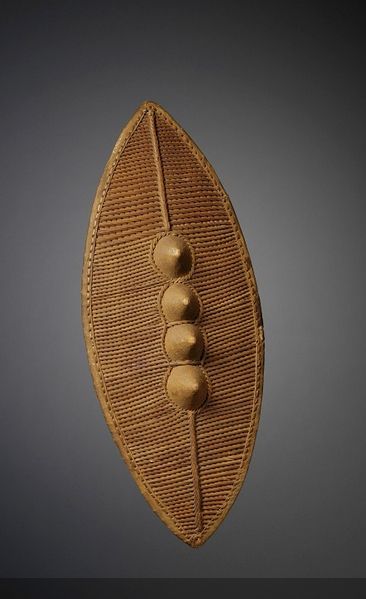
-
 1
1
-
-
@wowgetoffyourcellphone Nice work on the map!
What about making a green, more hilly version, during the rain season? Flat areas in the center, hills to the sides. Maybe a little stream?
Spoiler-
 1
1
-
-
-
The merc camps provide cheap trash units. Canon fodder basically. Nuba mercs have no armour whatsoever... Blemmye mercs neither. They're just cheap, and are good hunters. Can be used to harass the enemy close to their border.
-
So just to be clear, lion-man will be the "Apedemak's Temple Guard", or "Apedemak's Faithful", and khopesh-man will be the "Napatan Temple Guard", or "Amun's Faithful". Obviously champion units.
@niektb @wowgetoffyourcellphone Maybe a choice between either structure and thus recruitable unit wouldn't be so bad indeed. Amun temple is more expensive, but offers more techs. Apedemak temple cheap, but less tech? I'm so undecided... Maybe a late tech from the wonder makes both buildable?

Same for the merc camp. You either build a Nuba merc camp (round huts, with a high, pointy thatched roof, 1 big and 2 small huts), or a Blemmye merc camp (2 roundish tents covered in animal hides and a simple rectangular brick structure with flat roof). Can they be built in neutral territory?
Merc camp references:
-
 1
1
-
-
@LordGood Can I use them for "promotional" purposes? And can I share them outside of 0AD context, like general history stuff? Of course giving props to the creator (link, name?)
-
@LordGood Really, I just want to emphasise again how cool I think these illustrations look! I really love the way you're using the references. The details, like that trapezoid sash underneath the loincloth of the khopesh wielding unit. The sandals. The bronze skullcap. His ankh on a chain of golden/bronze spheres, his elaborate "Egyptian" necklace and the bronze scale armour is the exactly the same type as I'm using for the noble lancer. It's a very intuitive use of the elements we can be relatively sure of.
After intensively scouring the internet and books for more than half a year, I can say with some confidence that these illustrations (especially the axe-men and the khopesh guy), are the most accurate tentative reconstructions of Kushite melee units from the Napatan and Meroitic period ever created/published! Their value can't be underestimated...
In terms of height, Kushites were known to be very tall, even by classical writers. Related tribes in the southern Sudan are among the tallest ethnicities in the world today, like Dinka who have reached average heights of 1.83m (men at c. 1.90 and women at 1.80!)
-
@LordGood Man, you're on fire!
The speed at which you work astounds me. I'm just here gathering courage to continue my own illustrations, which take days and even weeks, lol...
A heads up, I'm working on the Noble Meroitic Cavalry lancer, but I keep rethinking the concept based on the recent references I'm finding. I'm sort of set on how it should look now, just need to adjust what I already did.
-
@wowgetoffyourcellphone Man, awesome! If there's any unit that should/could have a club, it would be the Nuba mercs, and the body painting and primitive look is perfect for this particular unit. Good job!
The maces in Lion's image are very similar/the same as the mace-heads found in Kush. They're an option too, but I think they might have had a semi-ritual/symbolic purpose, used by nobles and royals for executions, and perhaps for palace guards, as illustrated in the shared image.
Maybe maces and clubs could be alternate variations for the Nuba mercs?
The following post depicts 6 different mace-heads
@niektb That's kind of what I'm worried about. Kushites are going to be so "badass" people will complain, but I don't want to handicap them or sell them short either, so this is a subject that will need to be discussed further.
-
I totally understand your point, and it's valid as the break from the Napatan dogmas was political and eroded the power of the priests of Amun, but it didn't destroy it. Outwardly, the Kings still revered Amun and built Amun temples until the third century AD. Many important sites feature both temples.
But I do really like the idea, and it does emphasise the evolution from Napatan to Meroitic Kush quite nicely.
-
 2
2
-
-
@LordGood Wow, fantastic looking unit! The scale armour looks really cool. The lion head dress, as an imitation of Apedemak, looks amazing. Detail on the axe... mmmm
One awkward request though, the lion temples are mostly in the southern half of Kush around Meroe, where people were very dark skinned. Could you darken him up to show this defining ethnic feature of Meroites?
@wowgetoffyourcellphone I'm not familiar with the project, but you can definitely go ahead with it for DE. For TM/vanilla, let's see what players prefer. It's interesting though, I just think it would be nice to be able to build both temples on the map, but maybe that's just my obsession with the aesthetics and historicity of the game.

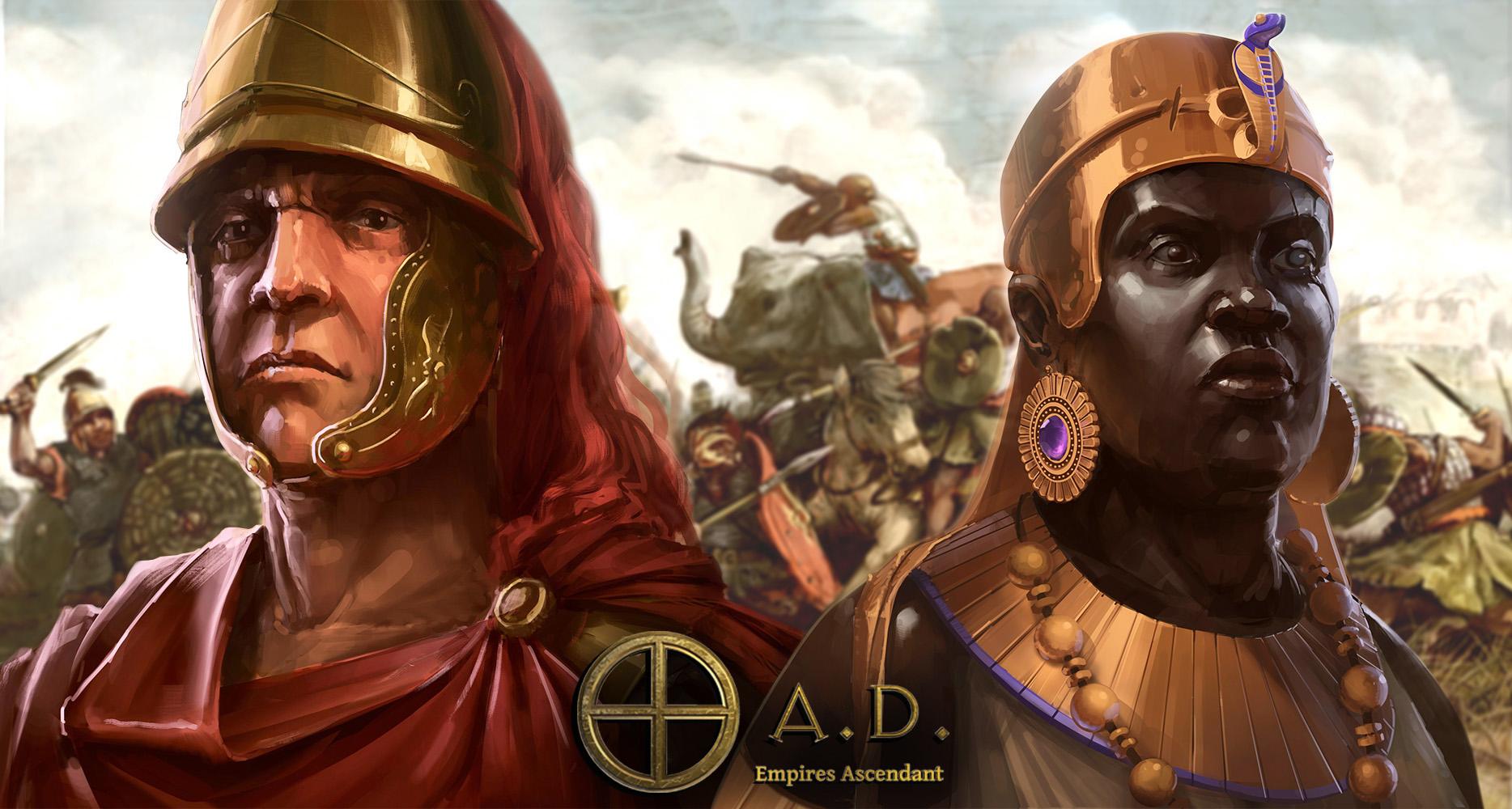

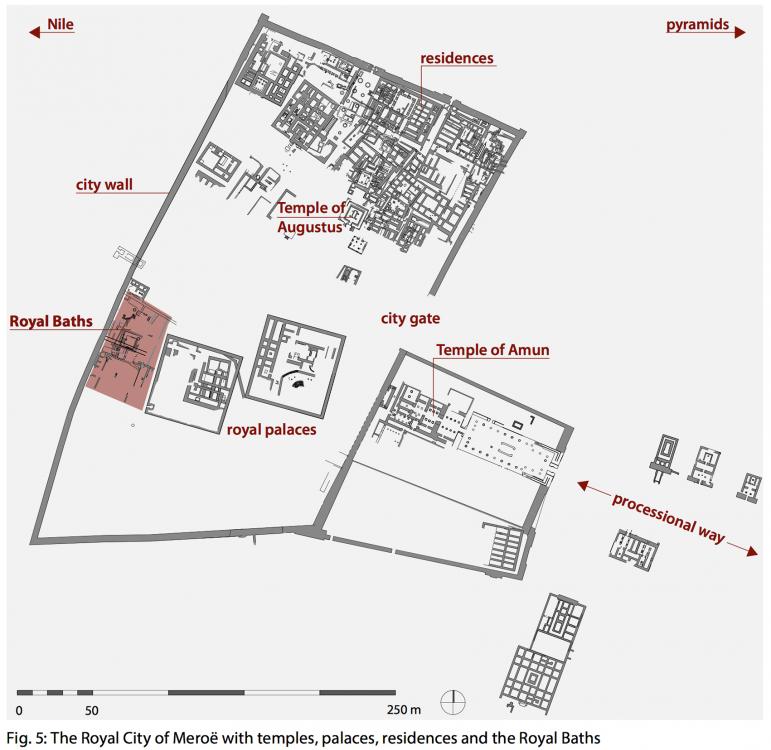
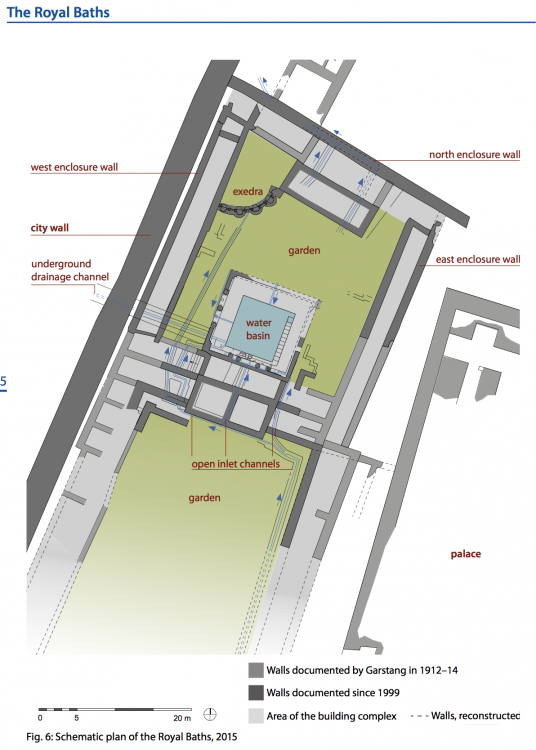
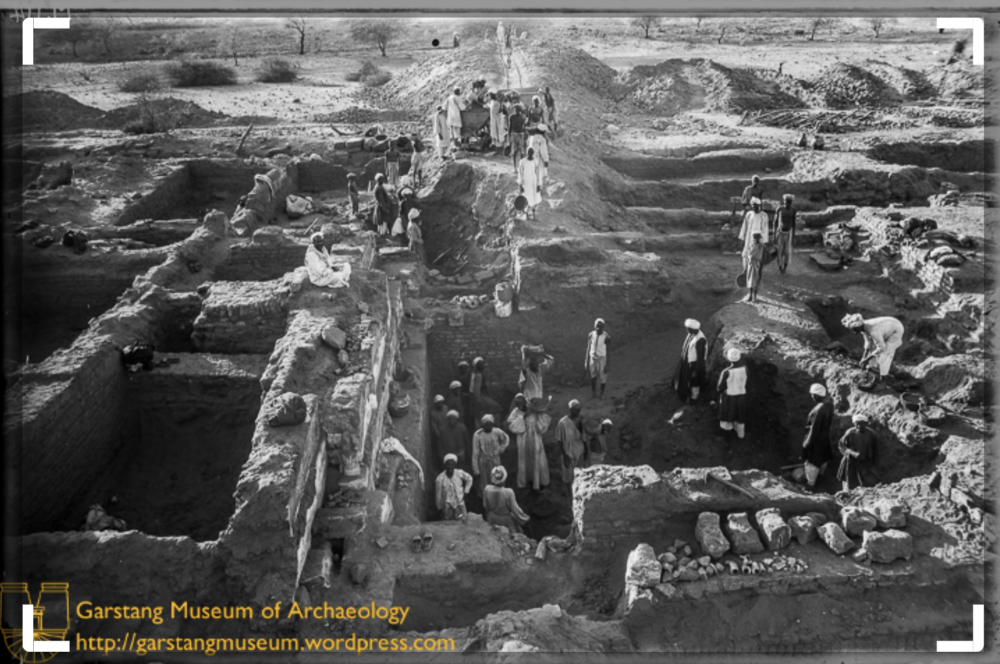
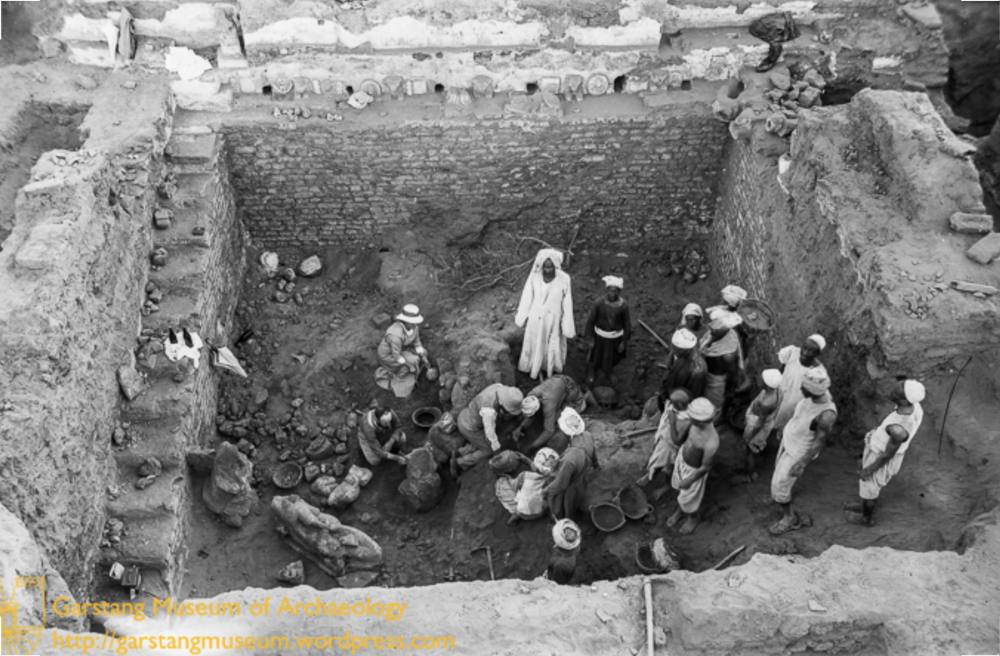
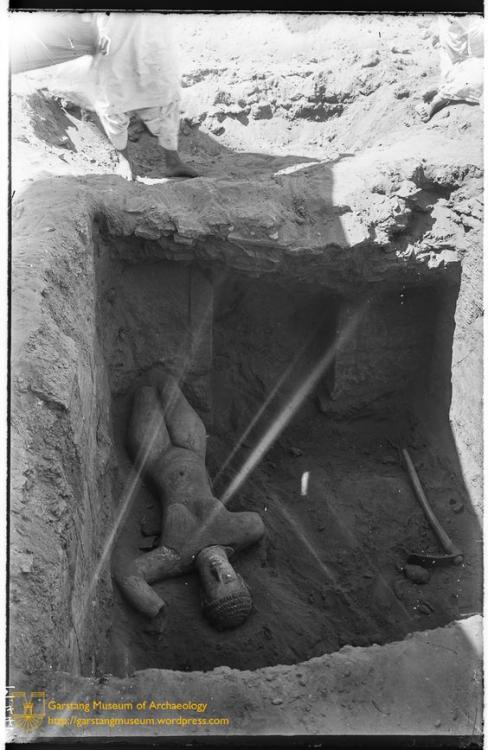
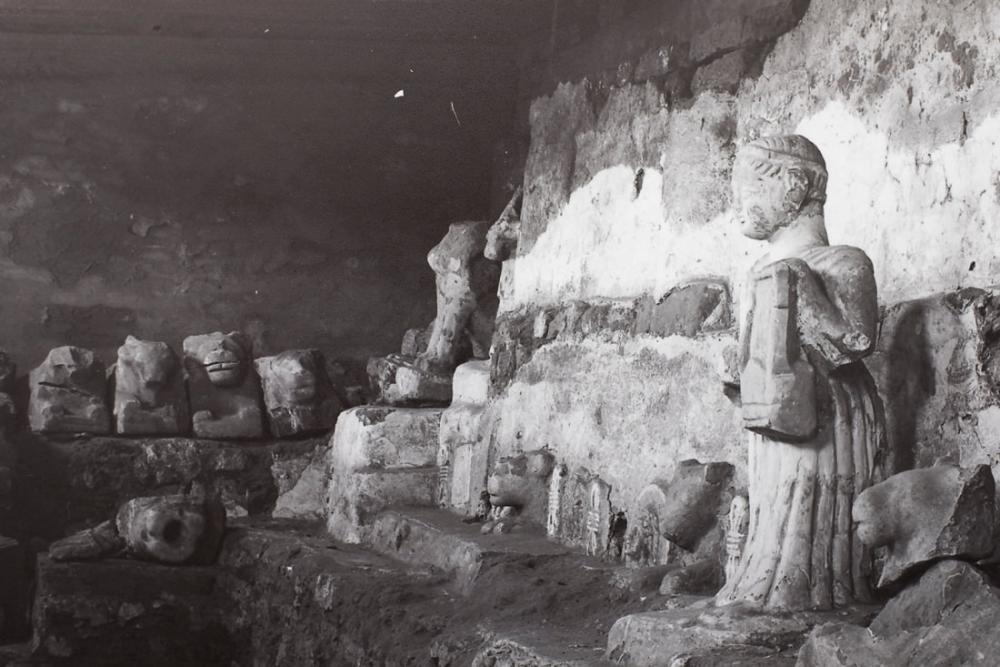
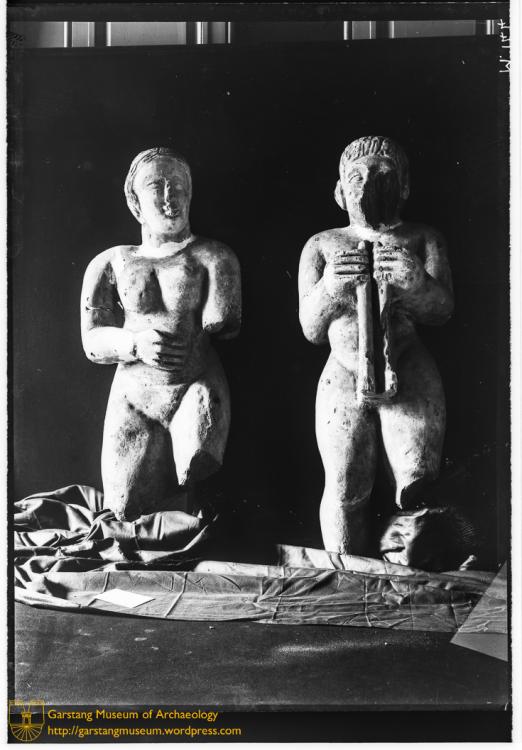
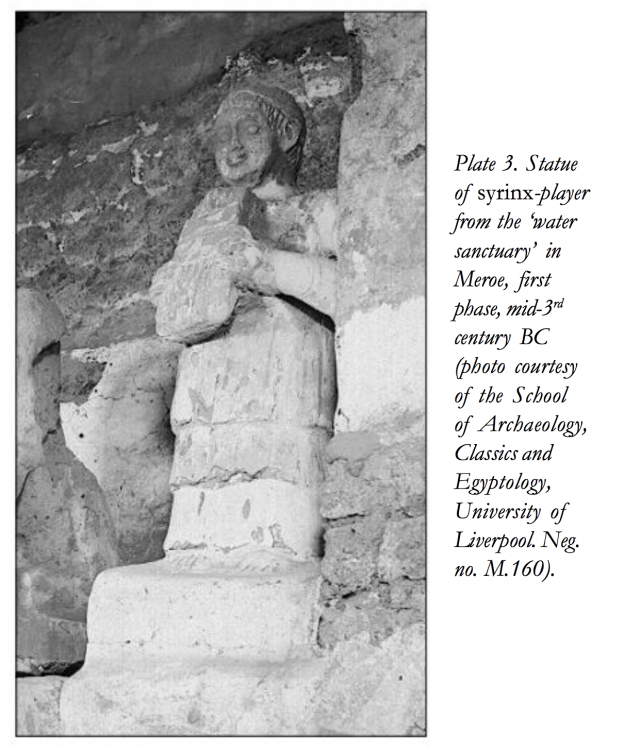
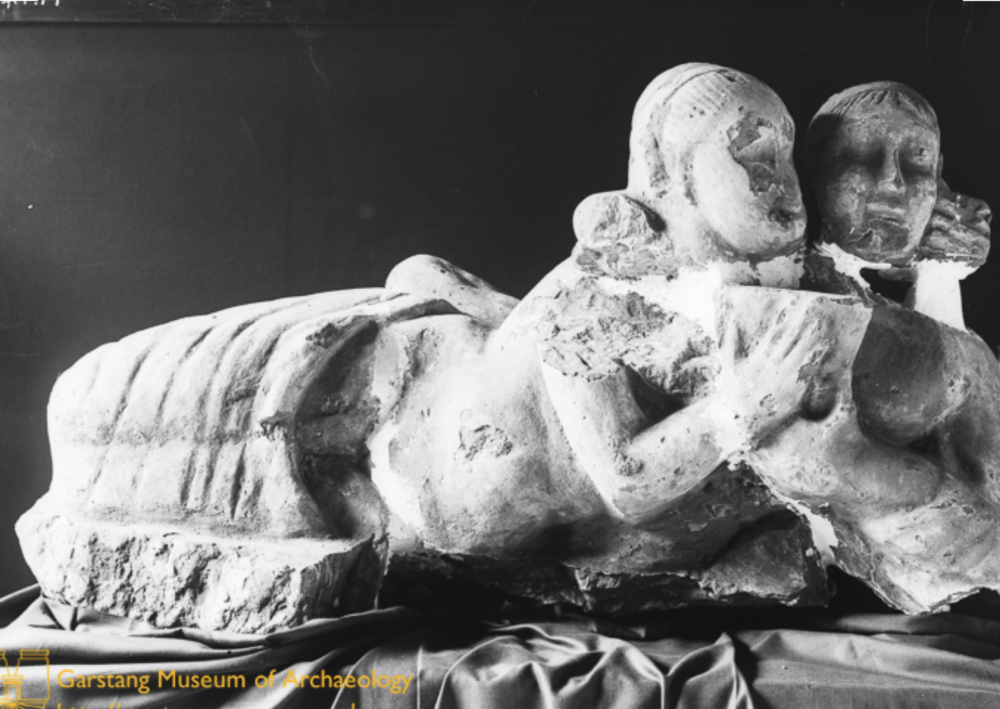
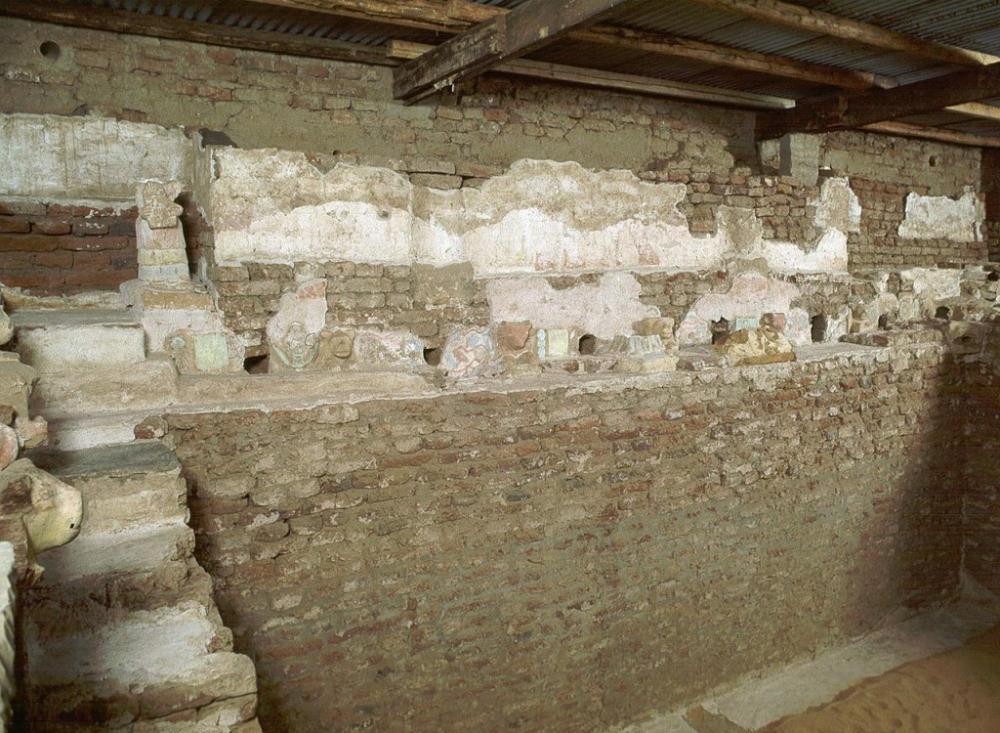
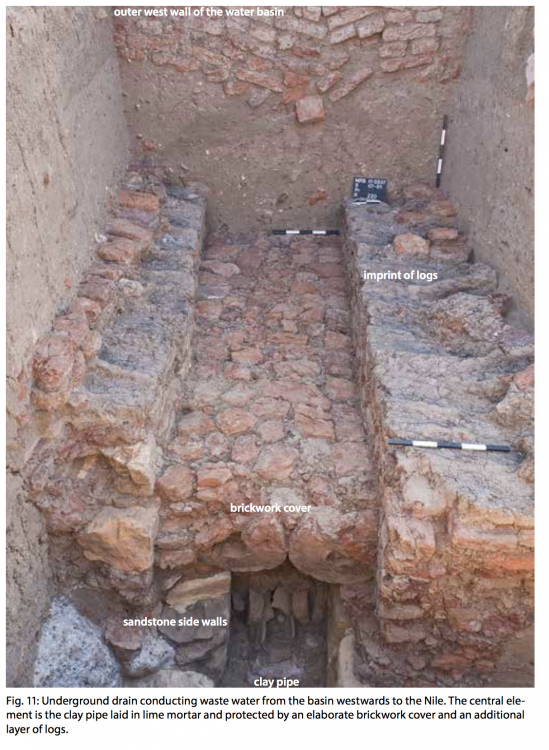
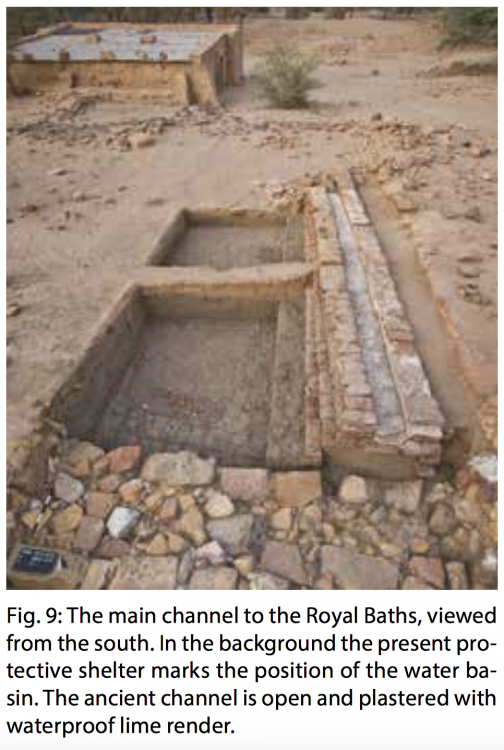
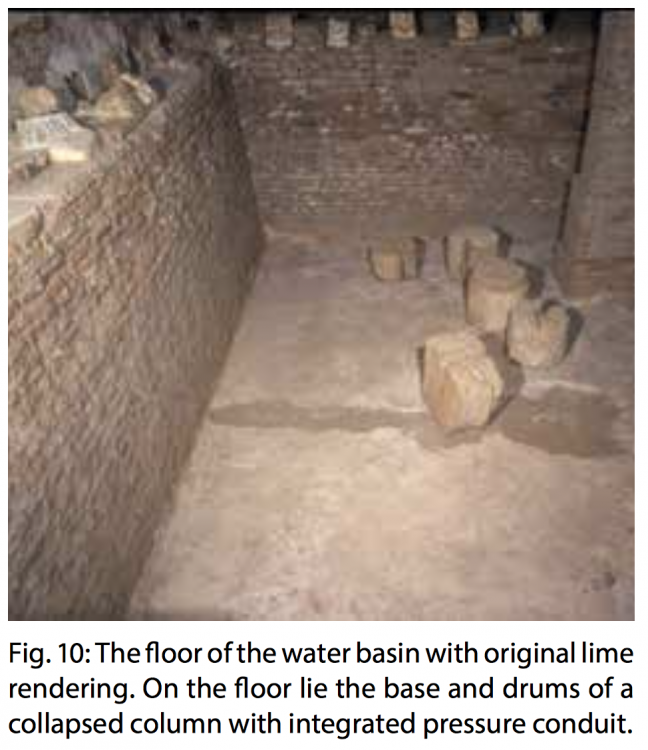

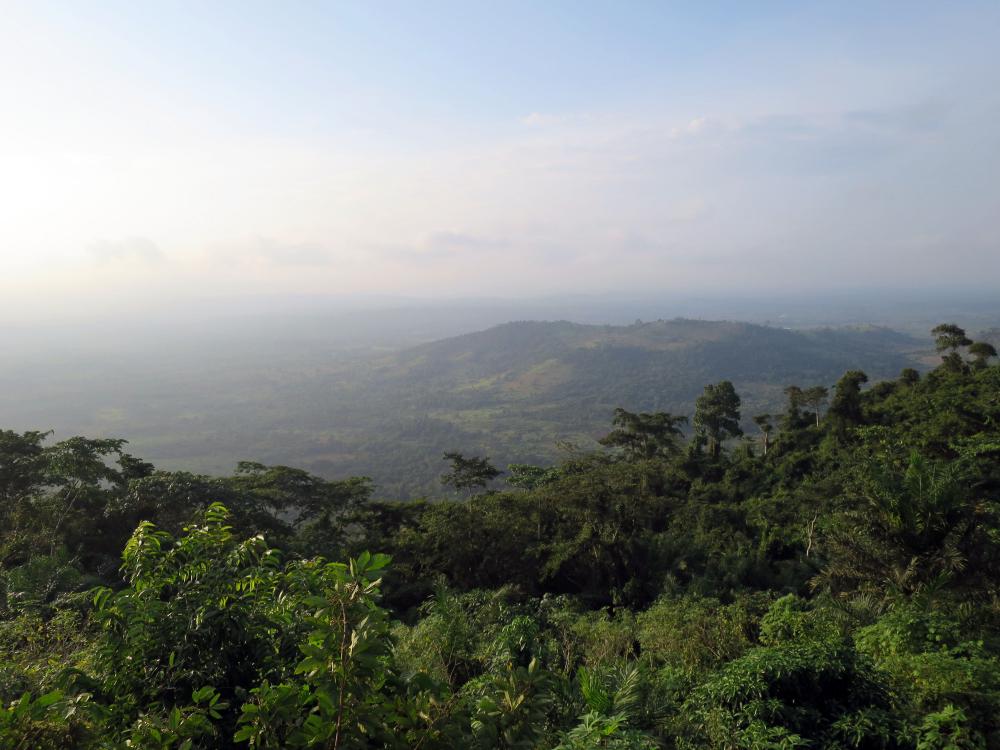
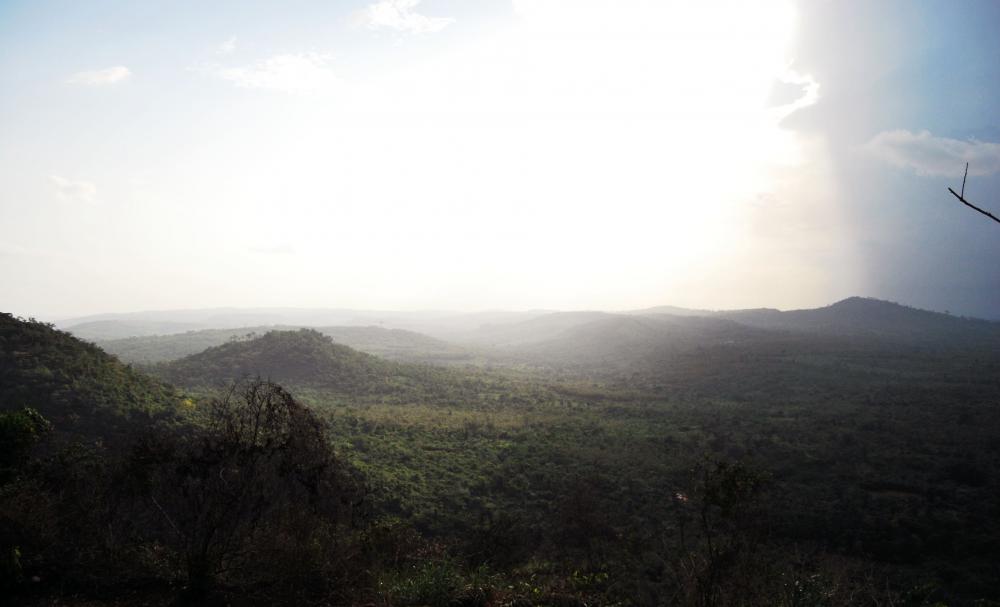
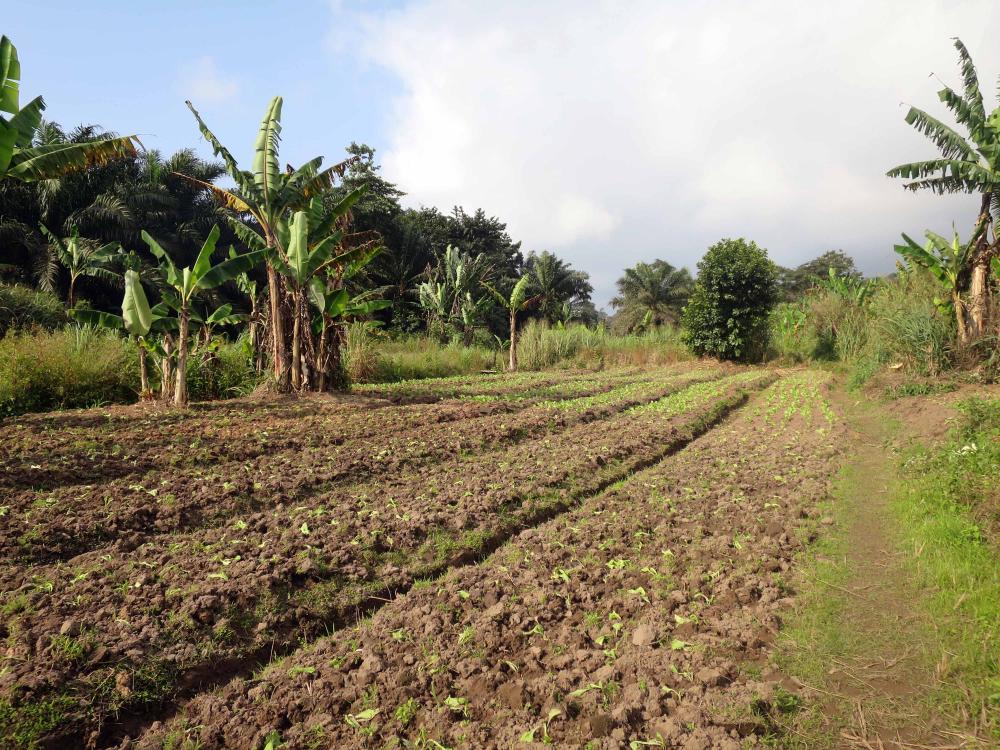
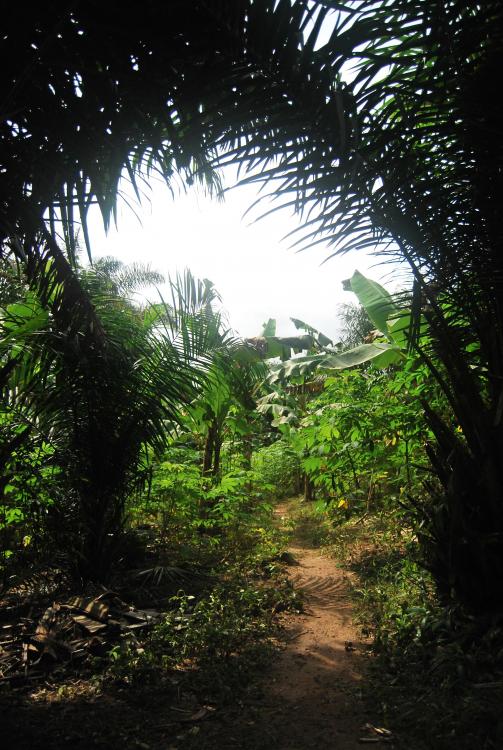
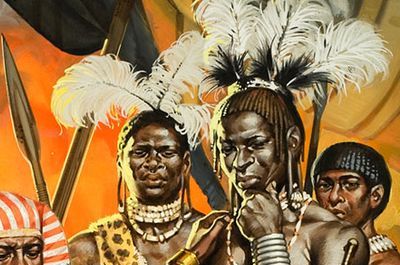
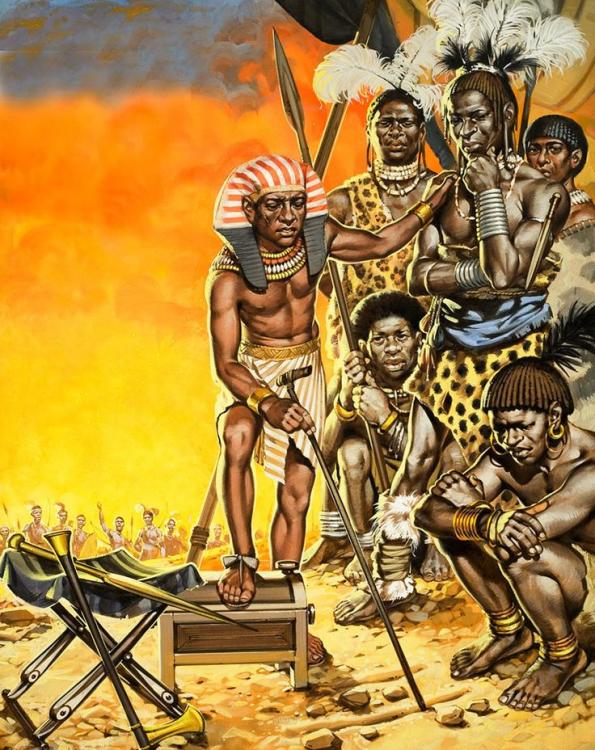
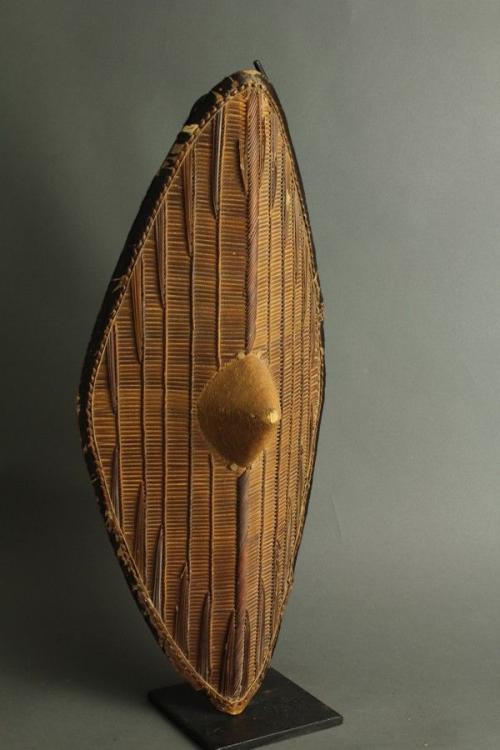
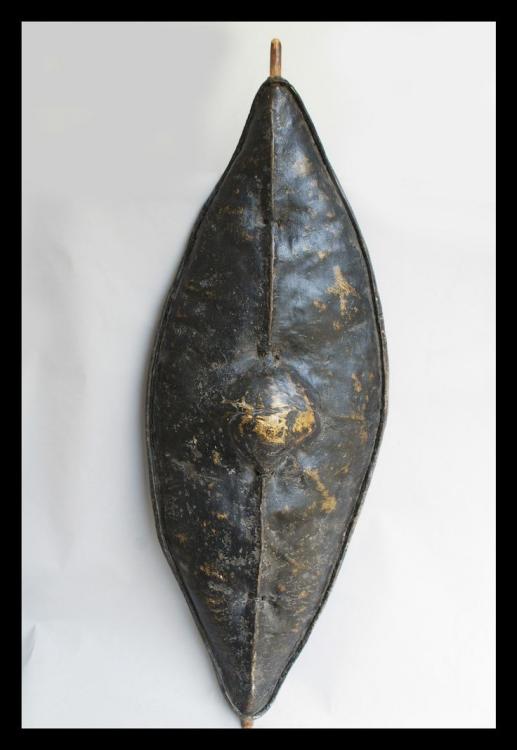
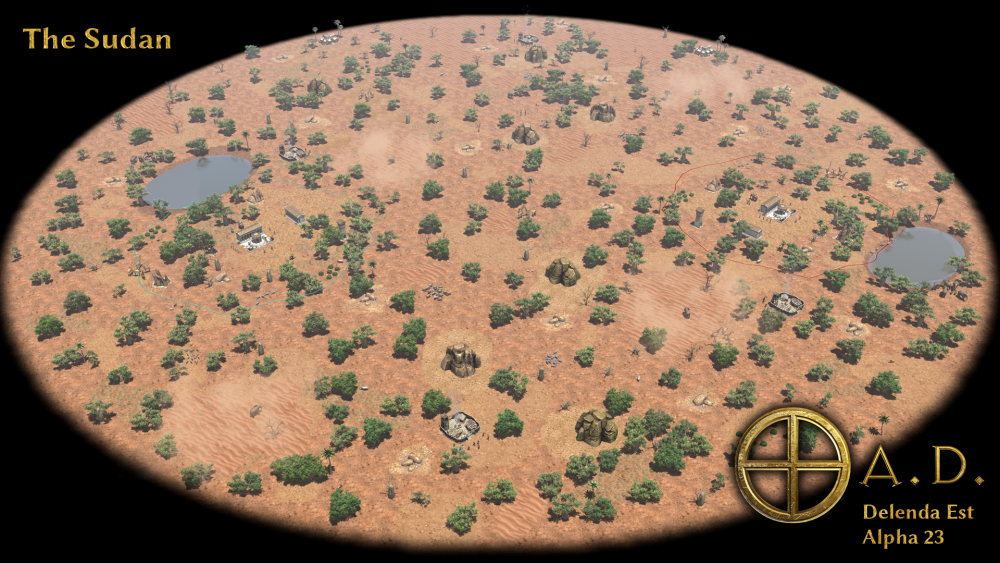
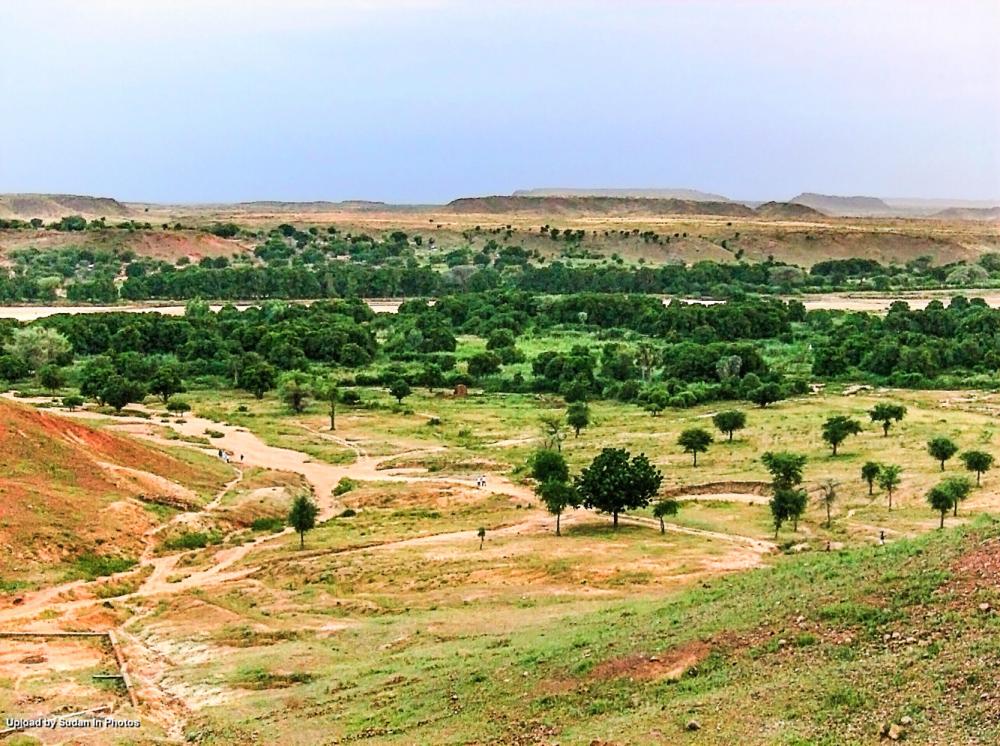
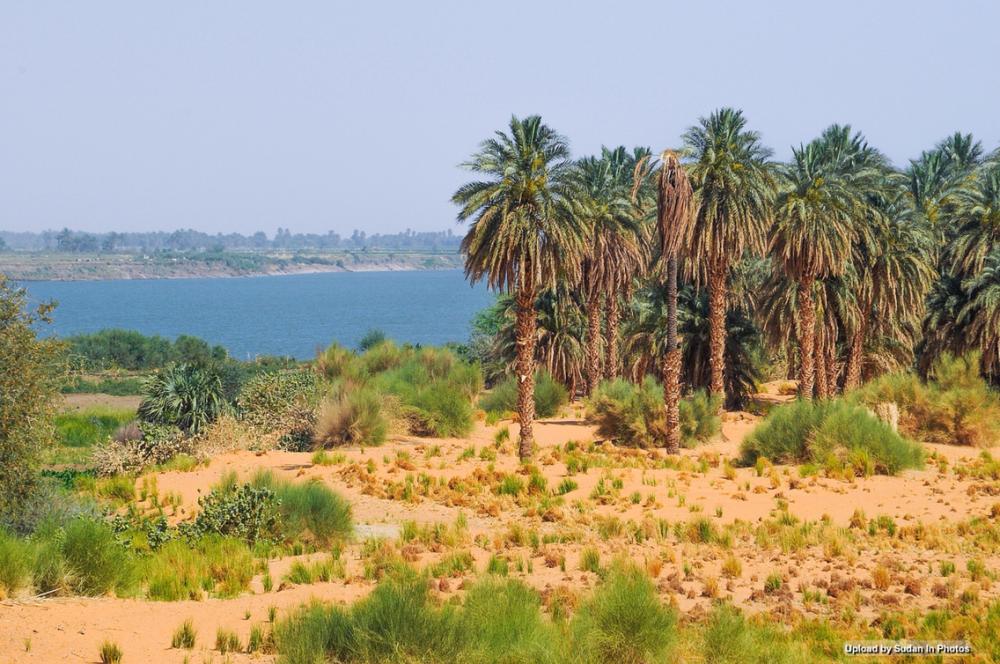
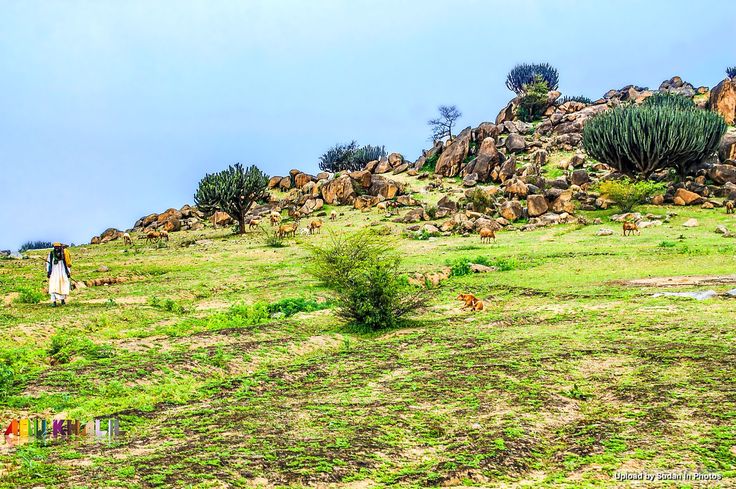
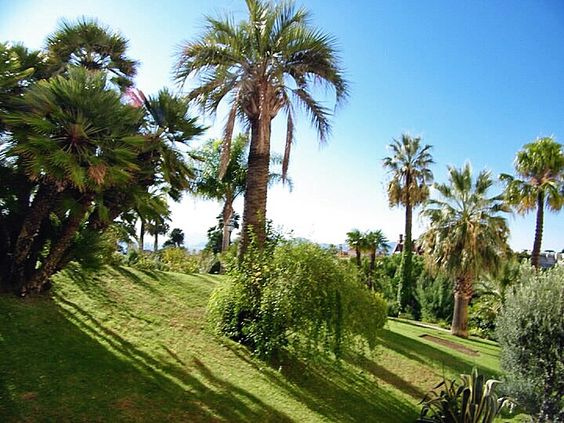
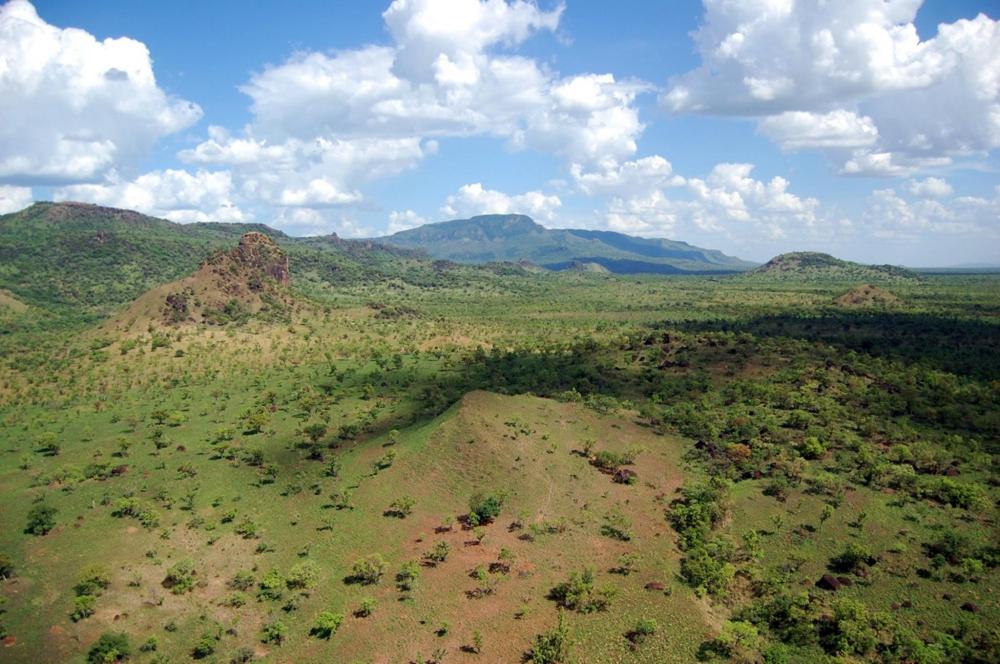
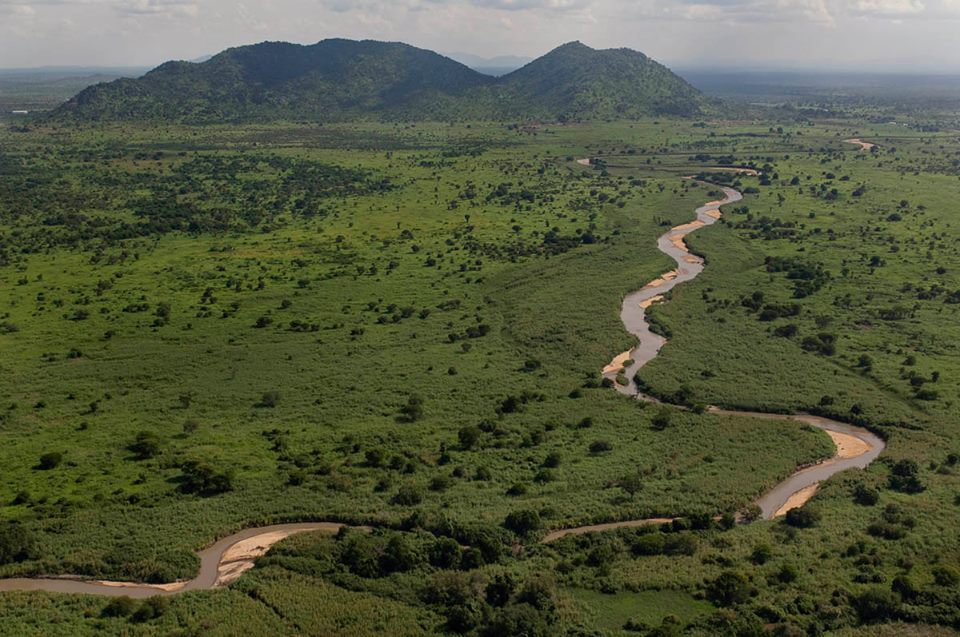
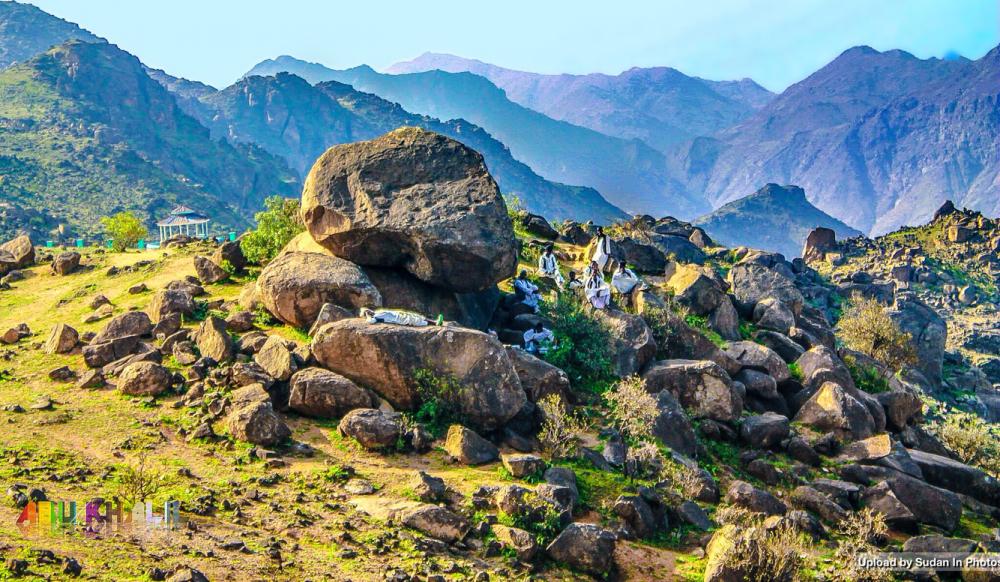
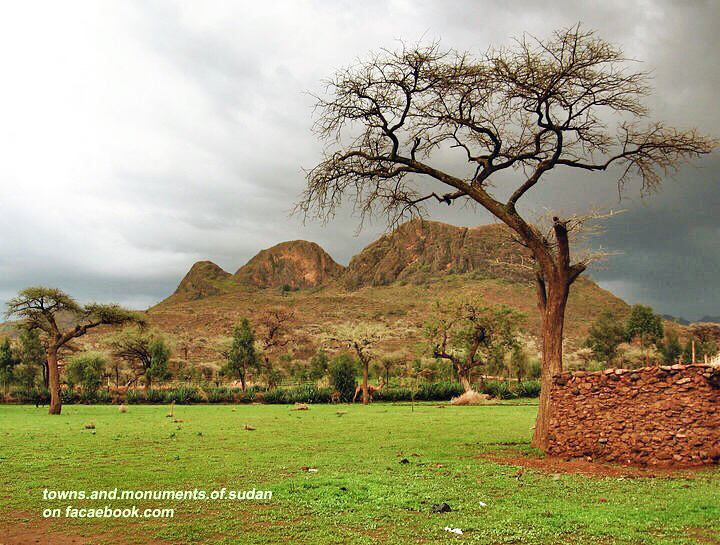
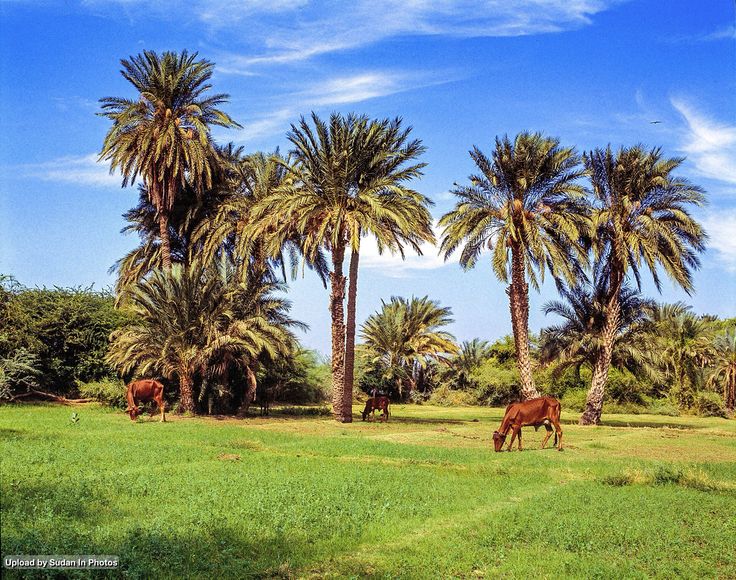
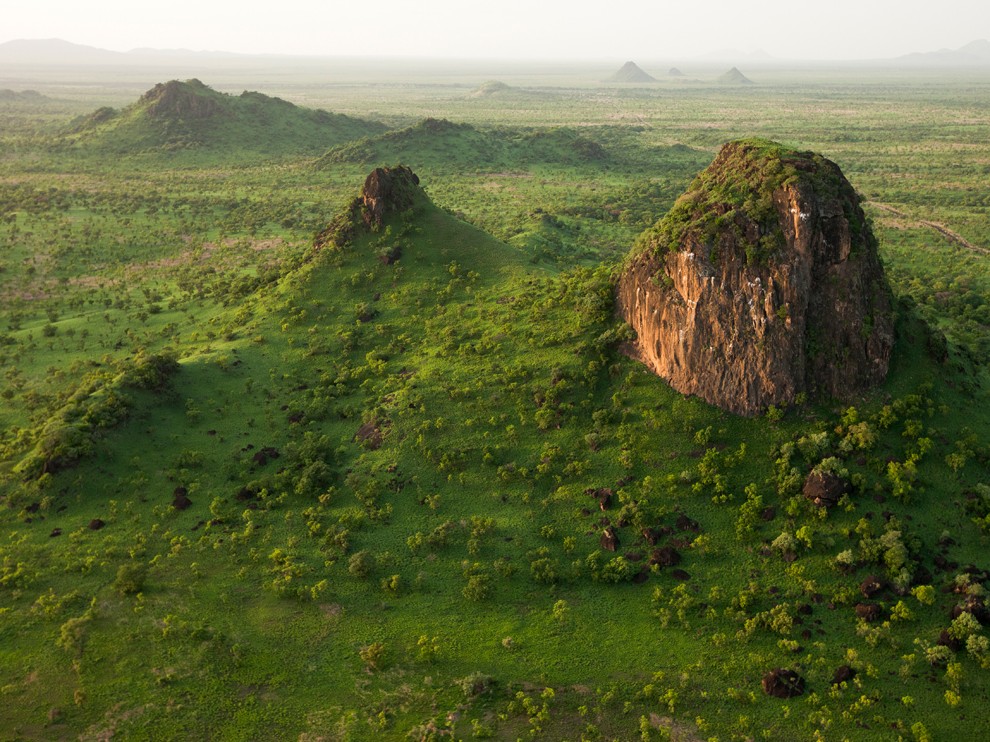
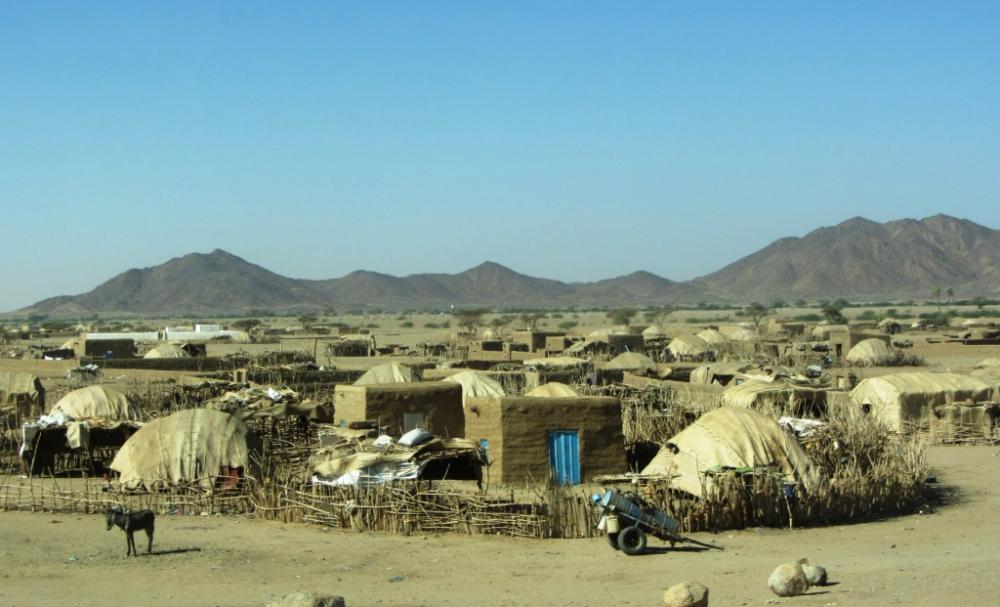
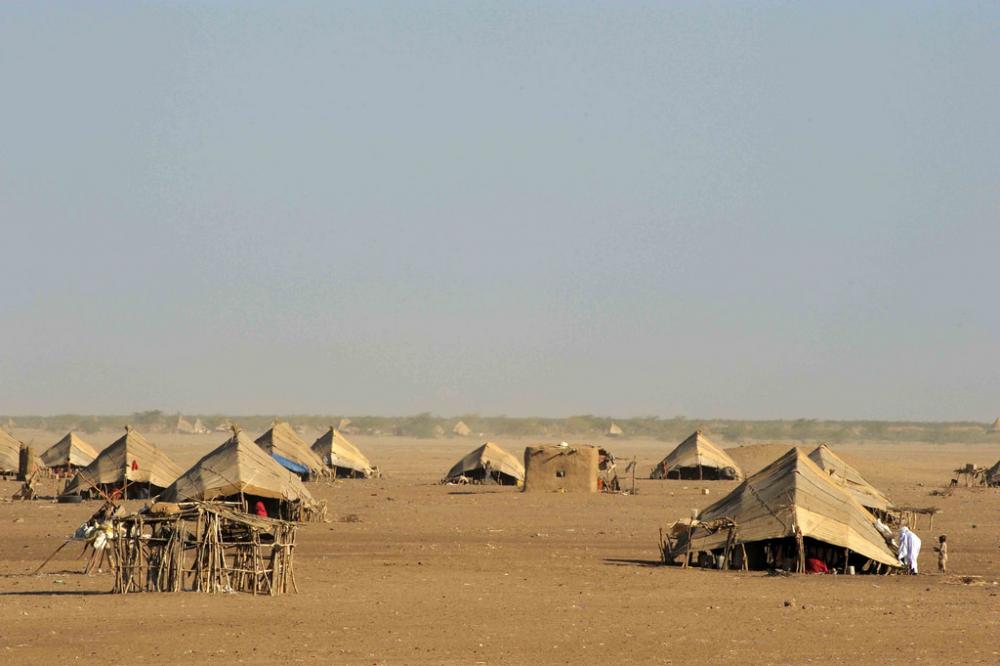
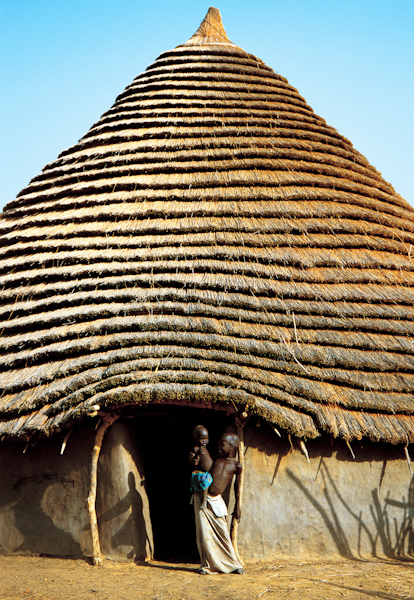
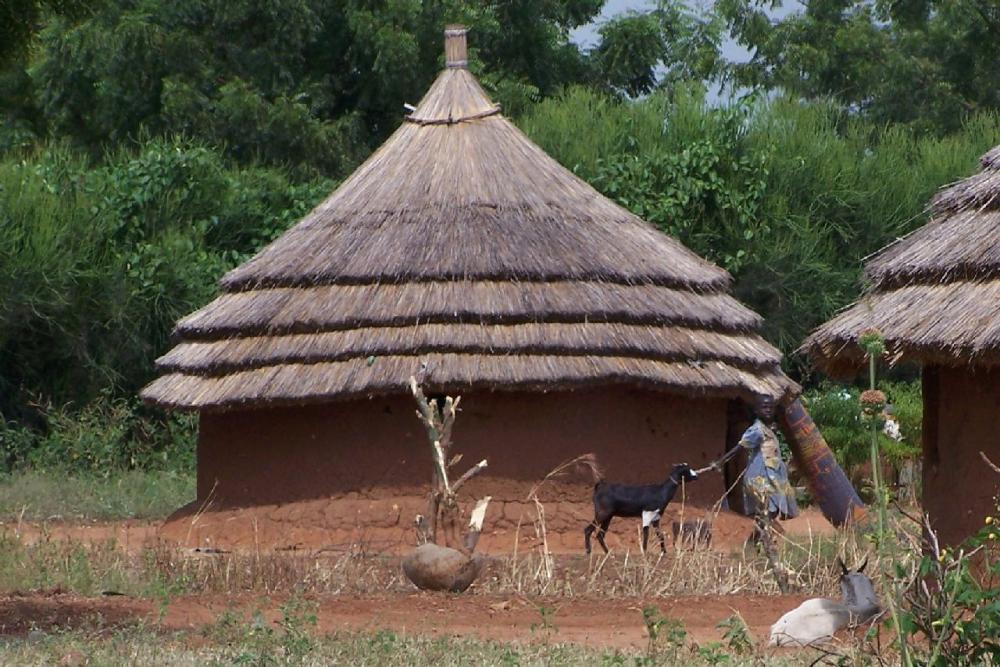
D896 disabled training cavalry at civil centres discussion
in Gameplay Discussion
Posted
Yes. They could definitely have stables or a horse dedicated building/yurt/coral or whatever, my point was just that they don't necessarily need it to train horses, because they were basically born on horse-back.
They're the only factions that start out with cavalry.